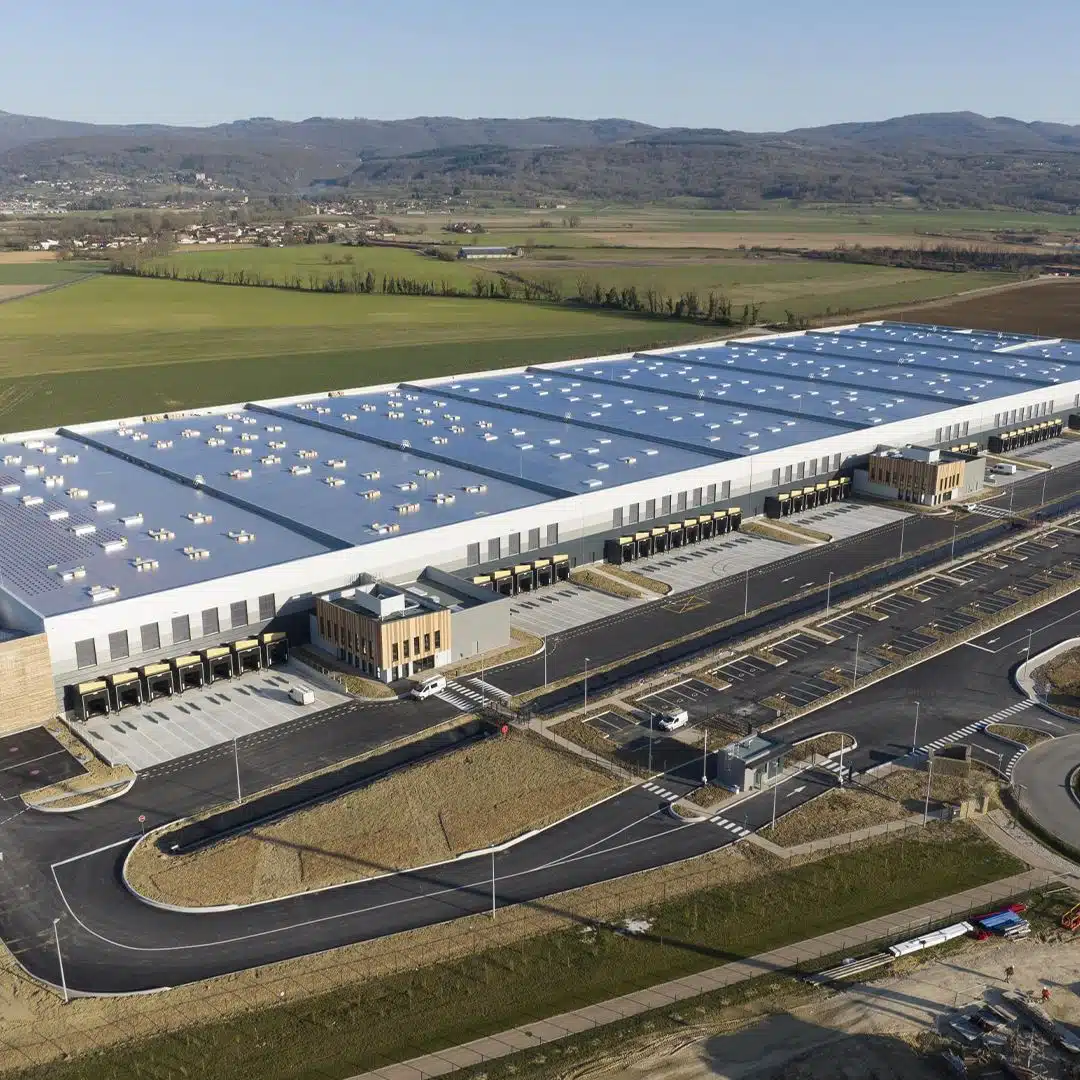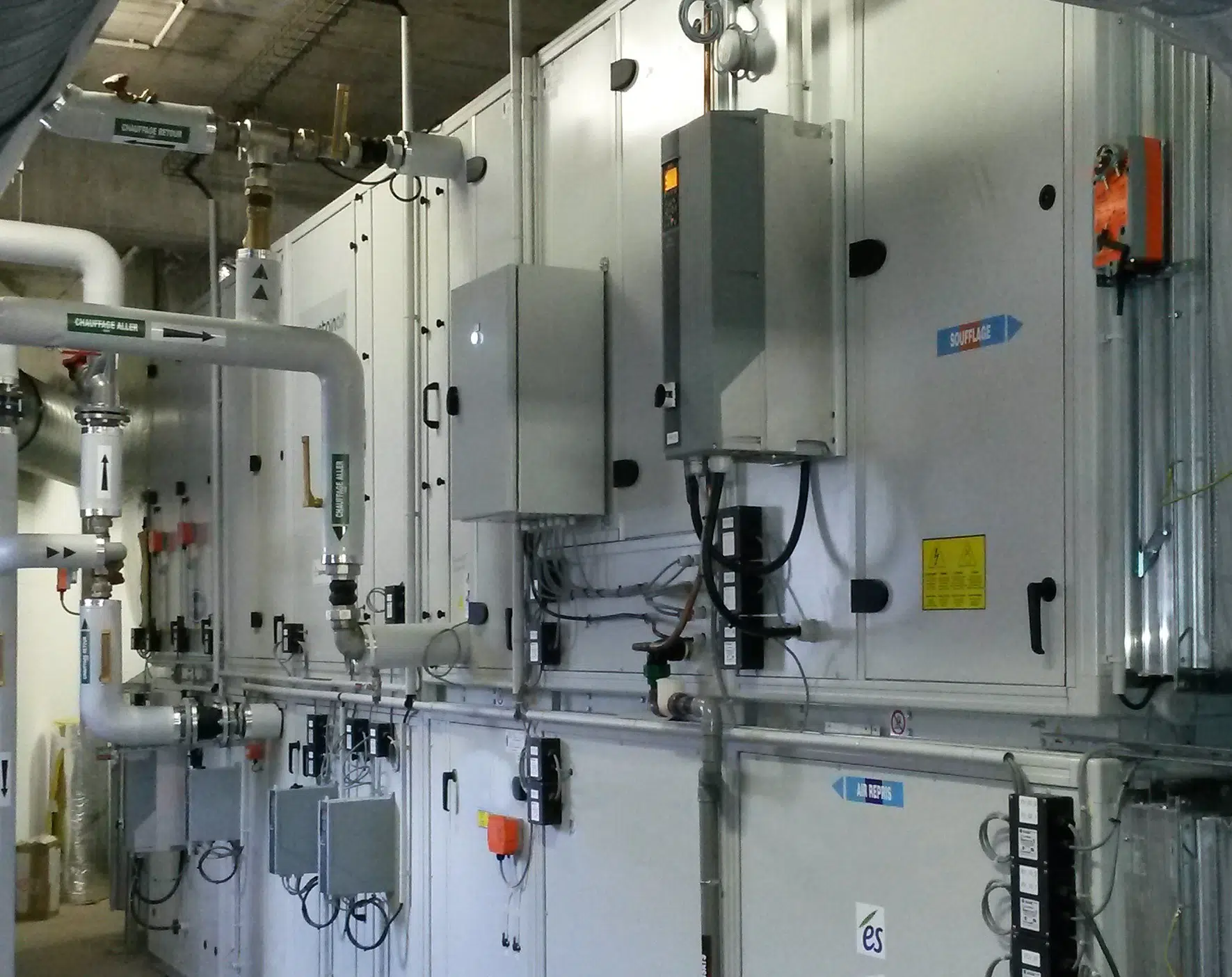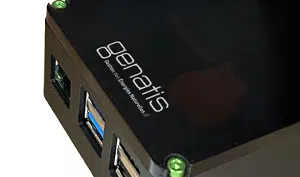
Genatis offer
- Servo control : Electrical control panels allowing the opening and closing of openings on the facade or roof of buildings. These controls manage either natural smoke extraction functions, natural ventilation functions, or both combined. In the latter case, priority is given to natural smoke extraction.
- Automated control : More advanced than electrical control panels, these control boxes enable the management of a Genatis solution. The controller includes embedded intelligence to autonomously manage scenarios of Free Cooling and Night Cooling. It can be connected to a Building Management System (BMS).
- Supervision : Supervision boxes enable higher performance levels. Centralizing information in a user interface allows easy access and management of all installations within the building. Designed for simplified Plug & Play installation, supervisors are compatible with all standard protocols (ModBus RTU, ModBus IP, LoRaWAN…) and are fully flexible. Control is simplified and intuitive via any web browser (Google Chrome, Firefox, Edge, Safari…).

Genatis Control & Solutions
Service industry decree and BACS decree
In France, the energy renovation of service industry buildings is regulated by two decrees imposing obligations of means and results: the «décret tertiaire» (service industry buildings decree) and the «décret BACS» (Building Automation and Control Systems decree). The objective is to involve all owners and tenants of service industry buildings in an ecological transition project.
The «décret tertiaire» aims to reduce energy consumption by setting specific objectives for 2030, 2040, and 2050. The «décret BACS» complements the «décret tertiaire» by determining the means to achieve the consumption reduction objectives. It aims to improve the energy performance of service industry buildings by requiring the installation of automation and control systems (BMS – Building Management Systems).







